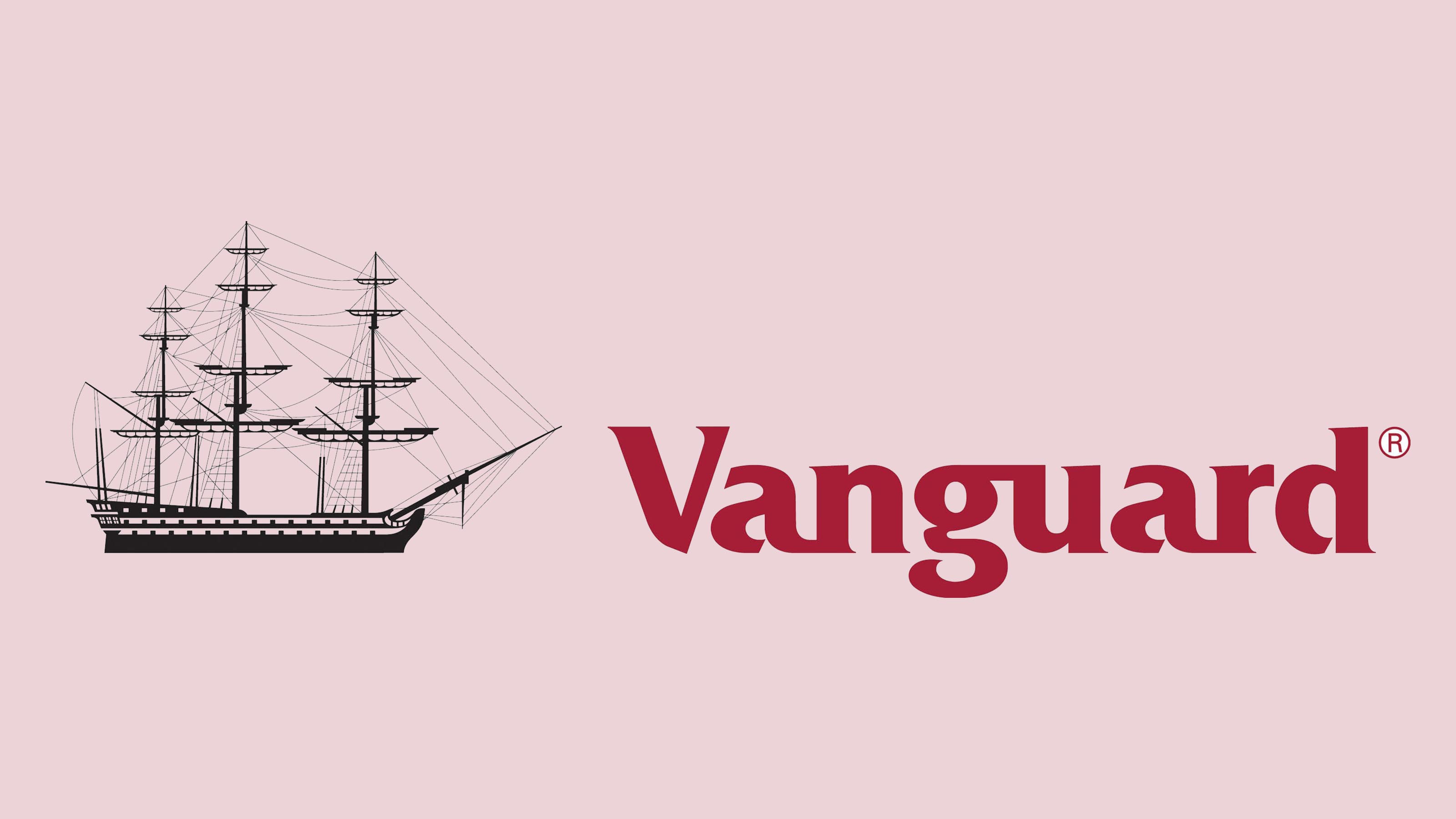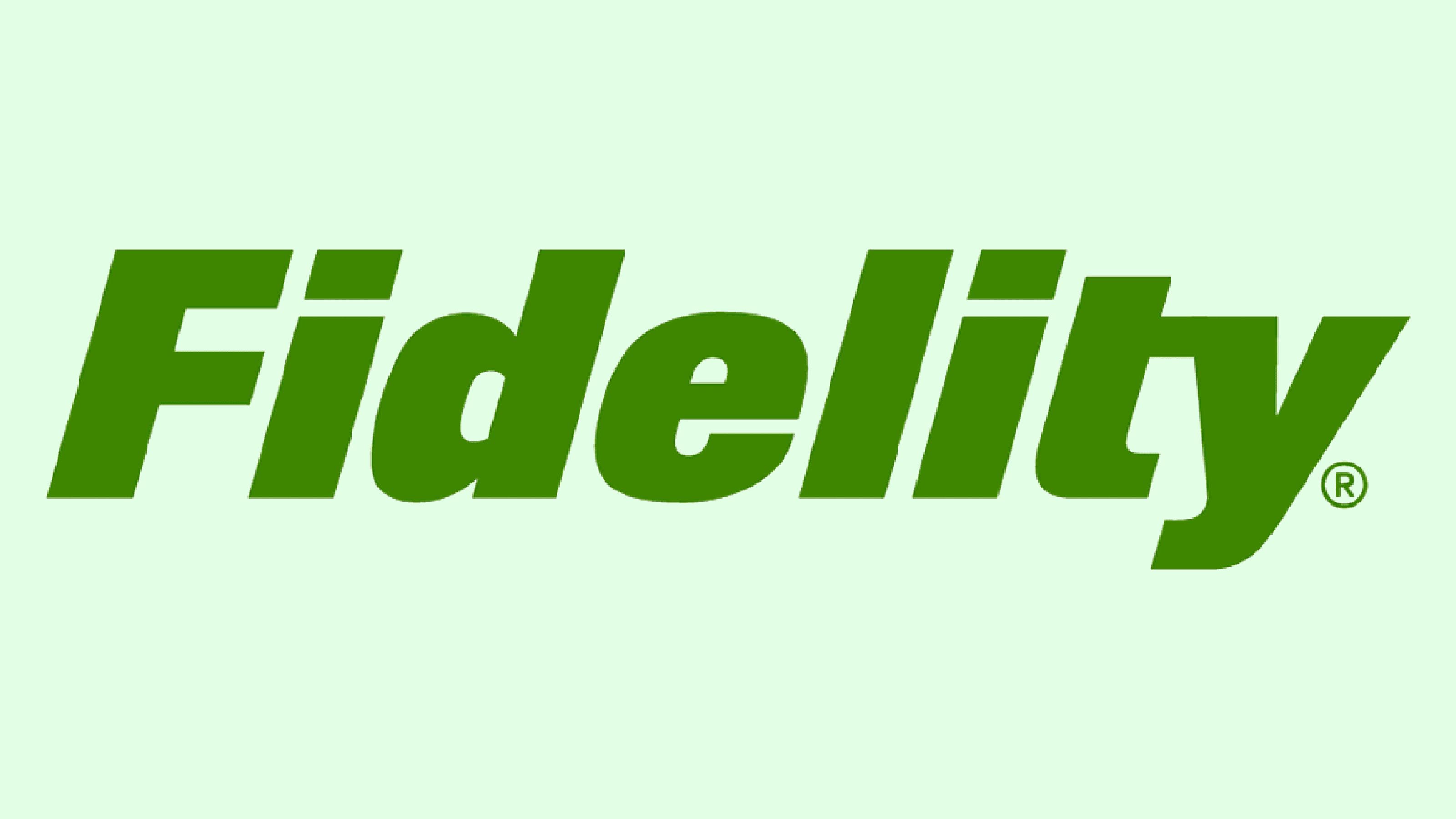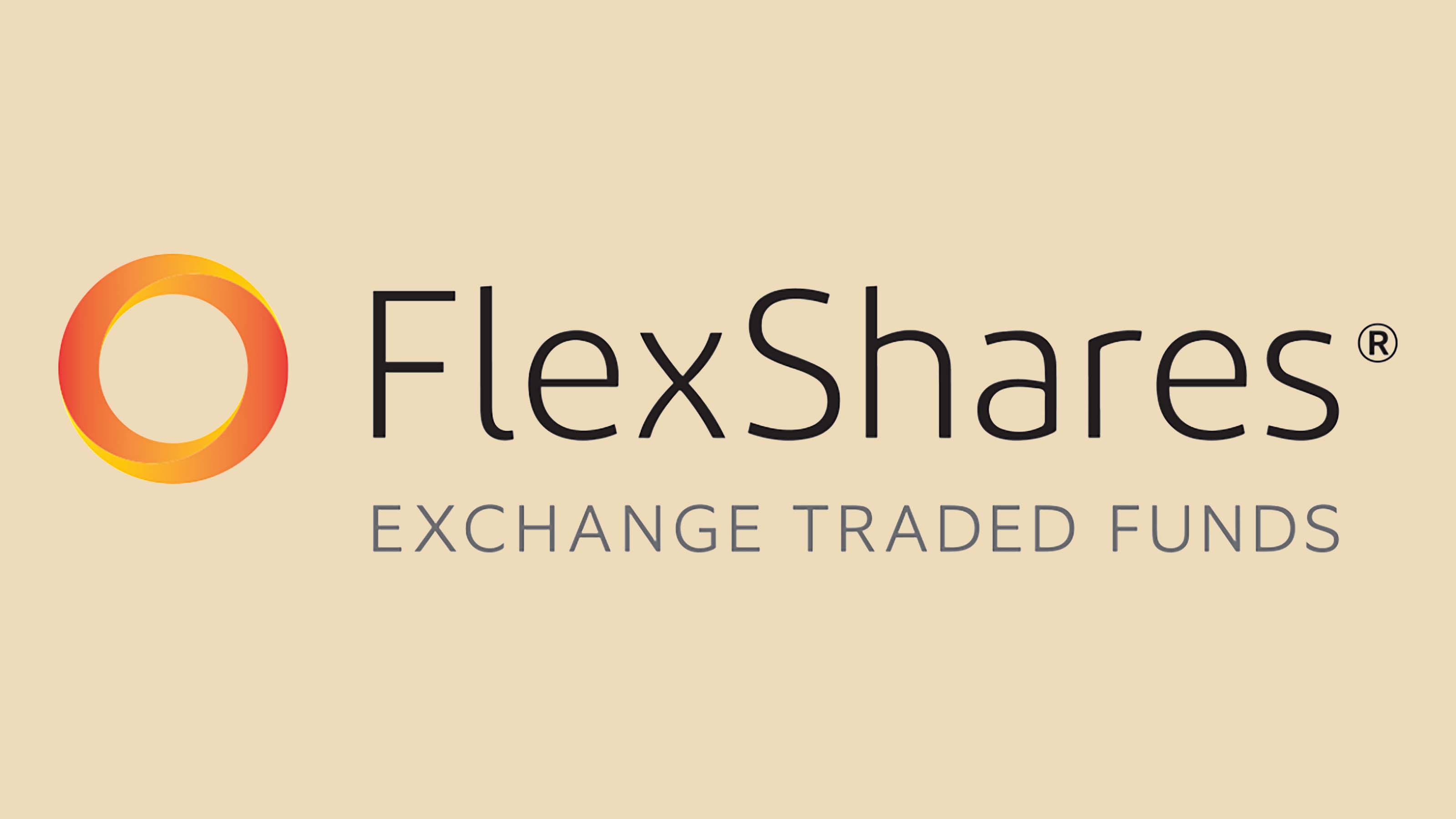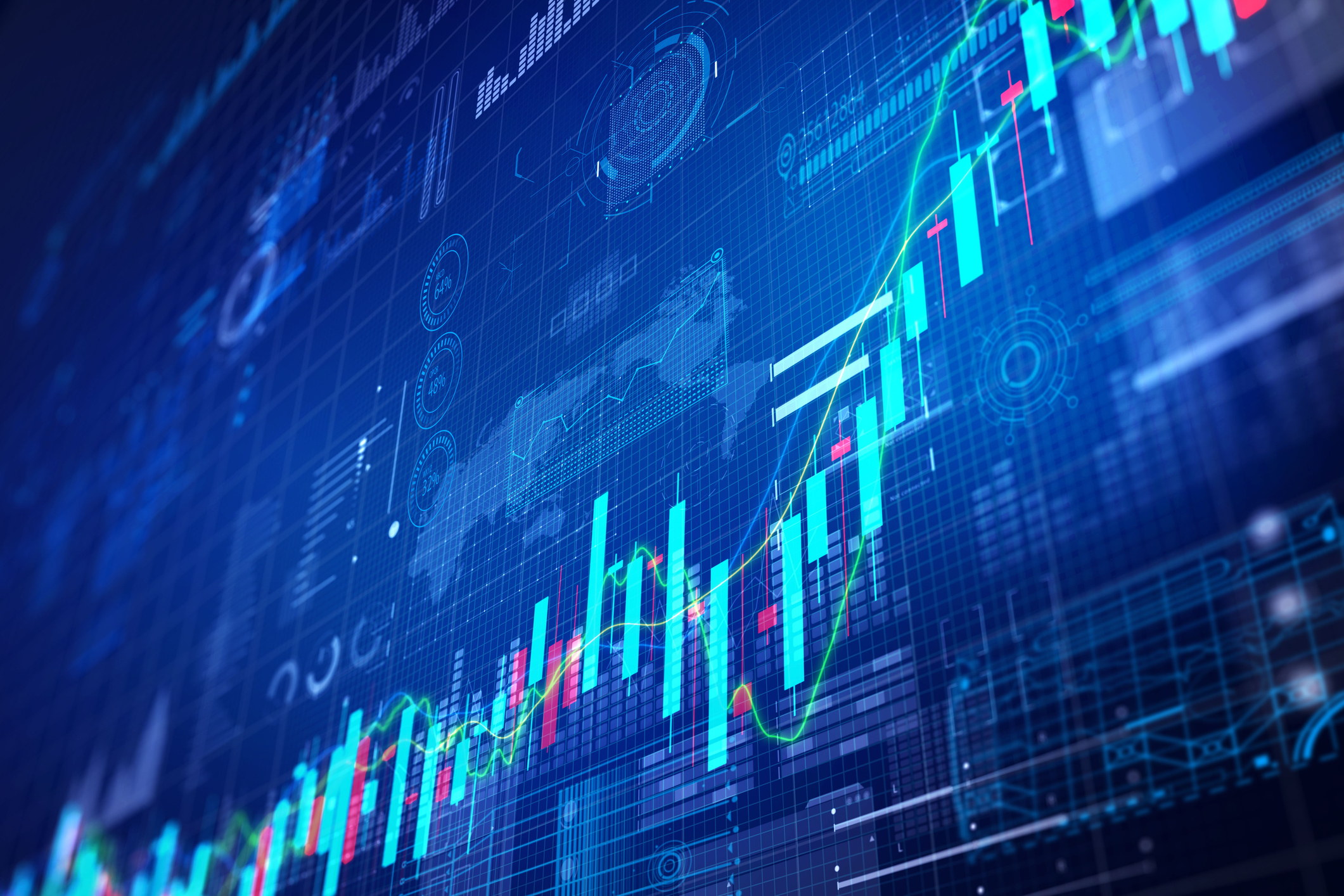How to Find the Best International ETFs
Investors can use the best international ETFs to gain exposure to global markets, but finding the right funds for you isn't always easy.


Similar to nutrition advice to "eat the rainbow," investors would do well to "invest around the world." And one way to do so is to find the best international ETFs (exchange-traded funds).
International exposure is a key element in creating a diversified portfolio to avoid home country bias, where you become overexposed to stocks domiciled in your home country. If you only invest domestically and your country experiences a recession, your entire portfolio could tank.
"It is imperative to have some international exposure in your investment portfolio as domestic markets and international markets are not always correlated when it comes to performance," says Ronnie Thompson, investment advisor representative and owner of True North Advisors. When your home country is in recession, other nations may be thriving and thus could balance out your portfolio.
One of the best ways to get international exposure is through an international ETF. These funds hold many different international stocks, allowing you to diversify even further within your global exposure. This also reduces the risk of putting all of your international eggs in a single foreign country's basket.
International ETFs can also be purchased on the U.S. stock exchange so you don't have to navigate foreign stock markets to access them.
But choosing the right international investments and appropriate degree of international exposure isn't always easy. You first need to understand why you're seeking exposure overseas, then know what to look for in the best international ETFs.
The importance of international exposure
In addition to helping diversify your portfolio, the best international ETFs can enable you to access better growth or value opportunities than those offered domestically.
"For example, emerging markets can give access to certain countries that are experiencing potentially greater growth than we have historically seen in mature economies, such as here in the United States," says Chris Huemmer, senior client portfolio manager at Northern Trust FlexShares. "Companies in these growth economies can potentially take advantage of better demographics, cheaper labor and access to natural resources to grow businesses both at home and abroad."
International equities are also often more attractively valued than those in the U.S. Valuations on international stocks have historically been lower than U.S. stocks, says Brian Kraus, senior vice president of Systematic ETFs at Hartford Funds. This gap is even larger now as the U.S. markets recovered faster than other markets, creating compelling opportunities for savvy investors.
"International stocks are also generally more cyclical and historically perform better in value cycles versus growth cycles, as they have about twice as much cyclical sector exposure as the S&P 500," Kraus says. "Current market dynamics are shifting in favor of value and if this continues to hold firm, we believe this may be beneficial to international stocks and funds."
How much international exposure to have
Before you can choose the best international ETFs, you need to know how much of your portfolio to allocate to foreign investments.
Unfortunately, there's no perfect mix of domestic to international stocks because the right amount will depend on your investment objective. However, Thompson says a decent rule of thumb for a traditional portfolio is to hold 60% domestic and 40% international. This "creates a good diversification, but also allows you to remain concentrated in U.S. based markets which, long-term, have always been strong," he says.
This also reflects the fact that international stocks make up around 40% of the global market capitalization across all stock markets.
"Often investors will mirror this percentage as a starting point with 40% of their overall equity allocation being earmarked for international stocks, and then adjusting that percentage up or down based on risk tolerances, investment preferences, time horizon or a myriad of other factors," Huemmer says.
How to find the best international ETFs
There are several best practices to keep in mind when choosing the best international ETFs. The most important characteristics to pay attention to in any foreign fund are its:
- Country exposure: "Each index provider may define the countries in their universe differently, which can lead to very different weightings on both a country and sector level," Huemmer says. "For example, the term 'world' may mean a different set of countries for each index provider," and some developed market indices exclude Canada from their universe.
- Expense ratio: International equity ETF expense ratios were on average 0.1% higher than U.S. equity ETFs in 2022, but you should still aim to keep expenses low.
- Tracking error: Many international ETFs track a benchmark index and the tracking error will measure how closely the fund adheres to its benchmark's performance.
While keeping investment costs low is important, Kraus cautions against blindly looking for opportunities in the cheapest parts of international markets.
"This simplistic approach toward lower portfolio valuations can result in exposure to companies with poorer profitability and elevated volatility," he says. Instead, look for "valuable opportunities within international markets, without sacrificing quality and consistency."
The best international ETFs
Before perusing the following list of some of the best ETFs with an international flavor, remember that what's "best" for one investor may not be best for another. Choose international ETFs as you would domestic ETFs: by finding the fund whose strategy will help you reach your own investment goals.
That said, here are three of the best international ETFs to consider adding to your portfolio:

Vanguard Total International Stock ETF
- Countries included in portfolio: 42
- Expense ratio: 0.07%
With nearly 8,000 stocks in its portfolio, the Vanguard Total International Stock ETF (VXUS) is a great way to get broad international exposure from a single fund. Among those 8,000 stocks are companies from 42 separate countries, the largest of which is Japan at 16% of the portfolio, followed by the U.K. at 10% and dwindling down to 0.1% exposure to Hungary.
VXUS tracks the FTSE Global All Cap ex US Index, which represents companies of all sizes in developed and emerging markets excluding the U.S. The fund has closely tracked its benchmark since inception, returning 3.86% compared to 3.89% for the benchmark.

Fidelity International Value Factor ETF
- Countries included in portfolio: 10
- Expense ratio: 0.39%
The Fidelity International Value Factor ETF (FIVA) is another diversified international ETF that spans Europe, Asia and North America by tracking the Fidelity International Value Factor Index. FIVA covers 10 different countries with 123 stocks.
More than half of the portfolio is in Europe, with the U.K. and Germany accounting for most of the holdings there. However, Japan represents the largest country exposure overall at more than 23% of the portfolio. Canada, meanwhile, makes up the North American exposure, at 10% of the portfolio.

FlexShares Emerging Markets Quality Low Volatility ETF
- Countries included in portfolio: 12
- Expense ratio: 0.40%
Emerging markets investments can be volatile, but FlexShares aims to dampen this by focusing on the financial health of the companies it holds within the FlexShares Emerging Markets Quality Low Volatility ETF (QLVE). The result of these efforts are seen in a standard deviation, which measures how volatile an investment is, of 12.04 versus nearly 18 for the Morningstar Diversified Emerging Markets category. This makes it a lower risk option than many other emerging markets funds.
The fund's roughly 200 holdings cover a dozen countries from China, which accounts for more than one-fifth of the portfolio, all the way down to Peru, which makes up only 0.02% of the portfolio. As an added bonus, the international ETF pays a yield of more than 2%.
Learn more about QLVE at the FlexShares provider site.
Related content
Get Kiplinger Today newsletter — free
Profit and prosper with the best of Kiplinger's advice on investing, taxes, retirement, personal finance and much more. Delivered daily. Enter your email in the box and click Sign Me Up.

Coryanne Hicks is an investing and personal finance journalist specializing in women and millennial investors. Previously, she was a fully licensed financial professional at Fidelity Investments where she helped clients make more informed financial decisions every day. She has ghostwritten financial guidebooks for industry professionals and even a personal memoir. She is passionate about improving financial literacy and believes a little education can go a long way. You can connect with her on Twitter, Instagram or her website, CoryanneHicks.com.
-
 Can the 'Guardrails Approach' Protect Your Retirement Investments?
Can the 'Guardrails Approach' Protect Your Retirement Investments?This investing method helps retirees avoid running out of money, even in a highly volatile market.
By Simon Constable
-
 Social Security Is Taxable, But There Are Workarounds
Social Security Is Taxable, But There Are WorkaroundsIf you're strategic about your retirement account withdrawals, you can potentially minimize the taxes you'll pay on your Social Security benefits.
By Todd Talbot, CFP®, NSSA, CTS™
-
 Stock Market Today: Great Power Affairs Mesmerize Markets
Stock Market Today: Great Power Affairs Mesmerize MarketsThe U.S. and China are at least talking about talking about tariffs, and investors, traders and speculators are showing a little less fear.
By David Dittman
-
 Stock Market Today: Stocks Rise on Good Volatility
Stock Market Today: Stocks Rise on Good VolatilityInvestors, traders and speculators continue to process the "known unknown" of global tariff-and-trade war negotiations.
By David Dittman
-
 Stock Market Today: Trump Retreats, Markets Rejoice
Stock Market Today: Trump Retreats, Markets RejoiceStocks rally, yields soften, the dollar rises, and even beaten-down names enjoy the wages of potential trade peace.
By David Dittman
-
 Stock Market Today: Stocks Soar on China Trade Talk Hopes
Stock Market Today: Stocks Soar on China Trade Talk HopesTreasury Secretary Bessent said current U.S.-China trade relations are unsustainable and signaled hopes for negotiations.
By Karee Venema
-
 Stock Market Today: Dow Drops 971 Points as Powell Pressure Ramps Up
Stock Market Today: Dow Drops 971 Points as Powell Pressure Ramps UpPresident Trump is increasing his attacks against Jerome Powell, insisting the Fed chair cut interest rates.
By Karee Venema
-
 Stock Market Today: No 'Powell Put'? No Problem
Stock Market Today: No 'Powell Put'? No ProblemInvestors, traders and speculators look beyond both another Trump post and more signs of slowing economic activity.
By David Dittman
-
 Stock Market Today: Dow Drops 699 Points After Powell Speech
Stock Market Today: Dow Drops 699 Points After Powell SpeechFed Chair Powell warned of a slowing economy and higher inflation but said the central bank isn't ready to cut rates just yet.
By Karee Venema
-
 Stock Market Today: Stocks Struggle Amid Tariff Uncertainty
Stock Market Today: Stocks Struggle Amid Tariff UncertaintyBoeing dropped after China suspended new aircraft orders, while Bank of America and Citi climbed on earnings beats.
By Karee Venema
